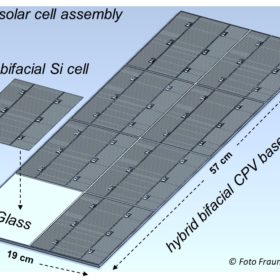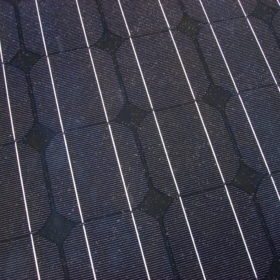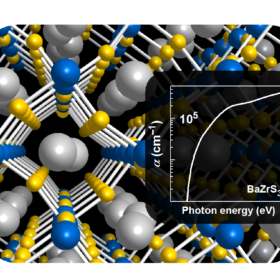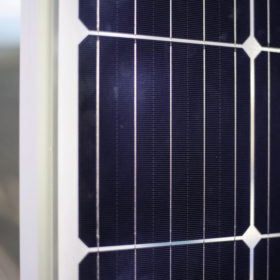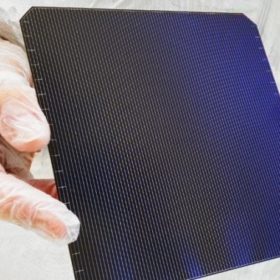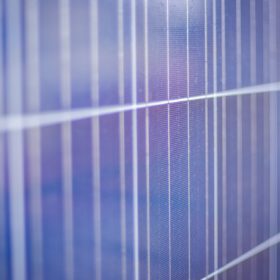How solar parks change landscape perception
New research based on participatory photography and focus groups has shown how solar parks can change people’s landscape perception through a number of factors, not exclusively visual. According to the study, people that see landscapes in an idyllic way tend to oppose the presence of a solar park, while people with a more utilitarian concept of the rural landscape show stronger acceptance.
Fraunhofer ISE researchers develop bifacial hybrid HCPV module with output of 326 W/m2
The EyeCon module has a hybrid power output of 326 W/m² or a bifacial efficiency of 28%, calculated with the available global plus backside irradiance. According to the research team, the silicon cell generates between 23 and 42 W/m² of additional power when the diffuse irradiance component increases from 8 to 30%.
Predicting solar power generation with ‘deep photovoltaic nowcasting’
The ‘deep photovoltaic nowcasting’ project developed by Chile’s Institute of Engineering Sciences of the University of O’Higgins, Canada’s Laval University and Japan’s Kyoto University, seeks to make short-term, high-resolution projections of solar energy generation.
New perovskite promises 38.7% efficient tandem cells
Japanese researchers have identified a perovskite material with a strong band edge gap and high stability which they say could offer 38.7% efficiency if used in the correct tandem cell architecture.
German coal mines could host 3 GW of floating PV
Research institute the Fraunhofer ISE has estimated the technical potential of floating PV at mining sites in Germany at around 56 GW. With floating projects 10-15% more costly than land-based alternatives, researchers have called for further incentives, such as the staging of ‘innovation tenders’.
Preventing LID in a 23.83% efficient Longi PERC cell
Australian researchers have unveiled hydrogenation technology to reduce light and elevated temperature-induced degradation in Czochralski silicon PERC solar cells. The developers say the process can minimize degradation without sacrificing performance in cells and modules.
French solar institute and Enel announce 24.63% efficiency for heterojunction solar cell
The efficiency of the cell, made with a standard M2 wafer, was raised around 0.7% by using an improved busbar-free screen printing metallization process based on heterojunction processes developed with manufacturing equipment provided by Swiss specialist Meyer Burger.
Oxis Energy battery cells nearing aviation applications
The English company says its modular solutions are due to undergo flight testing in the U.S. and are ‘three to five years’ from commercial production for aircraft.
A mathematical method for choosing the best PV technology in hot, dry areas
The proposed model is said to perform better at energy prediction than software tools such as PVWatts, PVSyst or RetScreen. The approach was validated on two 5 MW PV plants in the same district of the Indian state of Rajasthan.
Getting the right module temperature with thermography
Researchers from Hungary have analyzed the thermal behavior of different types of PV module via thermography, and claim to have shown that theoretical models are insufficient to measure the maximum, minimum, and average temperatures of the panels. According to their analysis, glass-glass modules without frame showed the highest temperatures, while the lowest temperatures were measured for polycrystalline glass-backsheet panels with frame.

